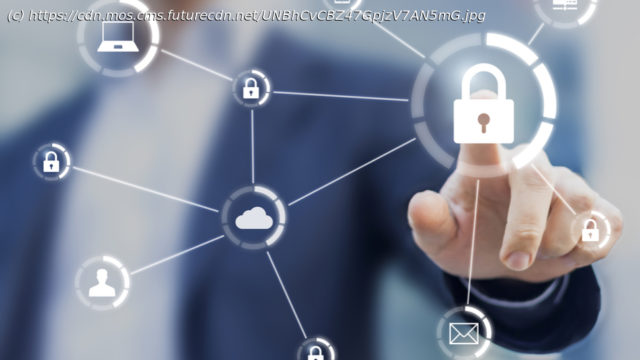How the role of the CISO has shifted
The Chief Information Security Officer (CISO) has rapidly evolved from a technical specialist into a strategic business leader. While still responsible for defending against cyber threats, today’s CISOs are also tasked with aligning cybersecurity initiatives to broader organizational goals. This shift is driven by a more complex threat landscape, advances in technology such as AI, and increasing regulatory pressure that holds security leaders to a higher standard of accountability.
As a result, CISOs must bridge the gap between security operations and business strategy. They are expected to translate technical risks into business impacts, engage with executive leadership, and help shape enterprise resilience.
For security and business leaders alike, this evolution highlights the critical need to embed cybersecurity into the fabric of strategic planning and decision-making for the business.The Changing Threat and Regulatory Landscape
Cyber threats are growing in scale and sophistication. Attackers can and do use AI tools to accelerate reconnaissance, craft convincing phishing schemes, and execute ransomware at unprecedented speed. Deepfakes, autonomous malware, and AI-driven social engineering are pushing traditional defenses to their limits.
At the same time, regulatory scrutiny has intensified. Frameworks like the US Security and Exchange Commission’s cybersecurity disclosure rules and the European Union’s Network and Information Security Directive 2 (NIS2) demand greater transparency, rapid incident reporting, and clearer communication of cybersecurity’s business impact. As a result, CISOs are more visible than ever—expected to brief boards, own cyber risk posture, and help ensure regulatory compliance.Expanding Responsibilities of the Modern CISO
The role of the CISO has significantly broadened beyond traditional technical oversight. Today’s CISOs are now pivotal in securing expansive business ecosystems, encompassing cloud infrastructures, third-party vendor relationships, operational technologies, and software-based products. This expansion necessitates a unified approach to security and risk management, integrating these functions at the enterprise level.
Домой
United States
USA — software The evolving CISO role: bridging the gap between security and strategy






